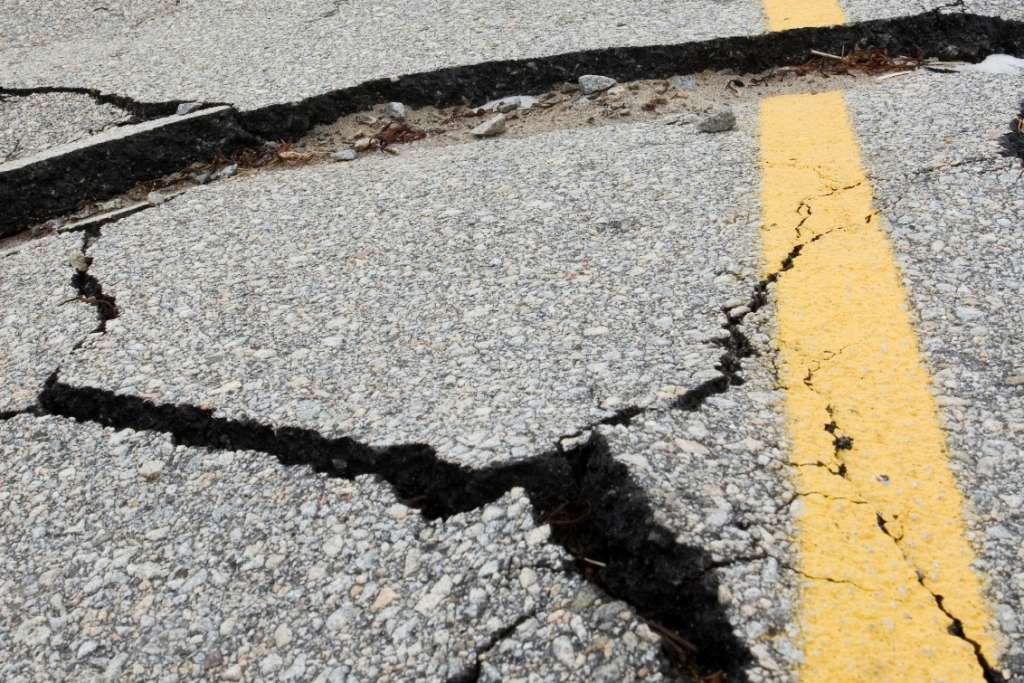You can’t always avoid them, but you can minimize the damage
As winter turns to spring and temperatures rise, the roads of New England begin to heave and crack. Here are a few tips to keep you out of a repair rut and to help you avoid having to file a claim.

2. Slow Down. The harder you hit a pothole, the more damage it is likely to cause to your vehicle. If it’s too late to avoid it altogether, slow down to minimize the impact.
3. Space Out. If you are following the vehicle in front of you too closely, you are less likely to notice and be able to respond to a pothole.
4. Troubleshoot. If you do hit a pothole, assess the damage quickly, and take care of any minor issues before they become major ones. This includes:
- Vehicle feels like it’s pulling to one side
- You have trouble steering or the steering feels like it “slipped”
- Vehicle continues to bounce after going over a bump or dip
- Tires stray or shake
5. Be Prepared. The worst-case scenario is that you hit a pothole so badly that your vehicle is not drivable or requires expensive repairs. If this happens, take pictures and record the date, time and location of the incident. Then contact us to discuss your coverage. If you have collision coverage, damage that is not considered normal wear-and-tear is typically covered. Some cities and states may also be liable for paying at least a portion of the charges, especially medical bills related to injuries.
